15 True Stories Where Life Threw a Curveball

Clouds of fire and smoke fly upward, and the rocket launches. The Delta IV Heavy is one of the most powerful rockets people have ever made. Three massive engines burn tons of fuel, helping the spacecraft gain altitude.
The two side boosters undock, leaving the common booster core for further ascent. When in orbit, the rocket releases its payload. This is the Parker Solar Probe — the first spacecraft to touch the Sun. And we’ll follow its journey step by step.
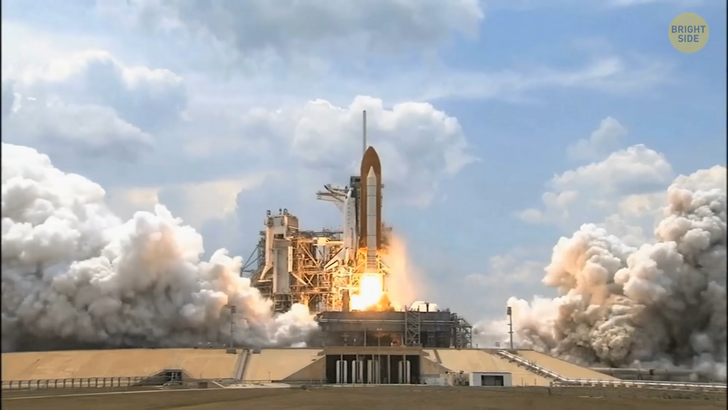
The probe was launched on August 12, 2018, and began its journey toward our star. The Sun is 93 million miles away from Earth. That’s 390 times the Earth-Moon distance and 36,000 times the width of the United States from coast to coast. The particles of light that the Sun emits need 8 minutes to travel this distance. For our conventional rockets, that journey would take more than 200 days. But the Parker Solar Probe covered it faster using gravitational maneuvers.
On its way from the Earth to the Sun, the probe circled around our neighbor, Venus. All it had to do was enter the planet’s gravitational field and let it attract itself. At this point, our space probe got an extra boost. And it didn’t need to waste any fuel. After making one orbit, the space probe’s engines changed the trajectory, and the probe left the orbit of Venus. It got enough acceleration to travel to the Sun.
And on November 5, 2018, the Parker Solar Probe made its first approach to the Sun. Before touching its surface, the spacecraft had to enter the star’s orbit first. To achieve this, it did even more gravitational maneuvers. Only after that did it start circling the Sun, the heaviest object in the Solar System with the most powerful gravity. So, it’ll give the probe an incredible amount of acceleration with each fly-by.
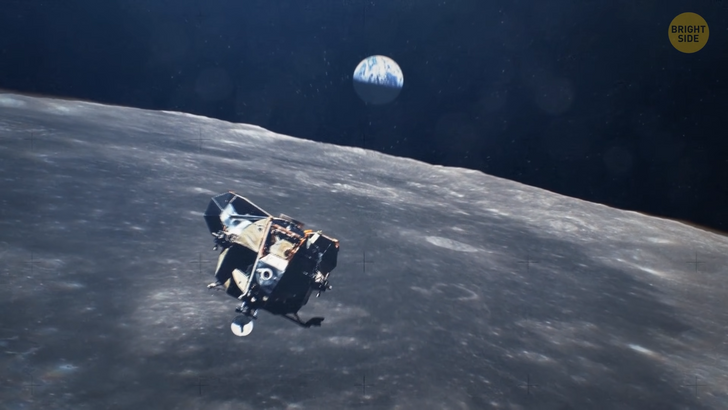
The Parker Solar Probe was constantly moving between two points. Those were perihelion and aphelion. Look, here is the Sun, and here is the probe’s orbit in the shape of an ellipse. The closest point to the Sun is the perihelion. The Sun was pulling the probe there at an incredible speed.
At this point, the probe began to move away from the star. It still had a lot of speed and energy. But it was struggling against the gravitational force of the star. So, it gradually slowed down. The point where the probe lost all its acceleration is called aphelion. The star’s gravitational force won, and the probe began to move back toward the Sun, picking up speed again.
The probe made several circles following a stable orbit, but then its orbit intersected with that of Venus again. Another gravitational maneuver. After that, the Parker Solar Probe’s trajectory shifted slightly, and it gained more speed. The perihelion point of its orbit was now closer to the Sun. The probe made several more circles following this new orbit.
Then, again, it neared Venus. Another approach to the Sun. Each encounter with Venus corrected the probe’s trajectory and gradually reduced its distance from our star. In April 2021, the Parker Solar Probe finally came so close to the Sun that it touched its corona. Although the actual distance between the probe and the Sun was 5.3 million miles, [(8.5 million km)] that still counted as a touch.
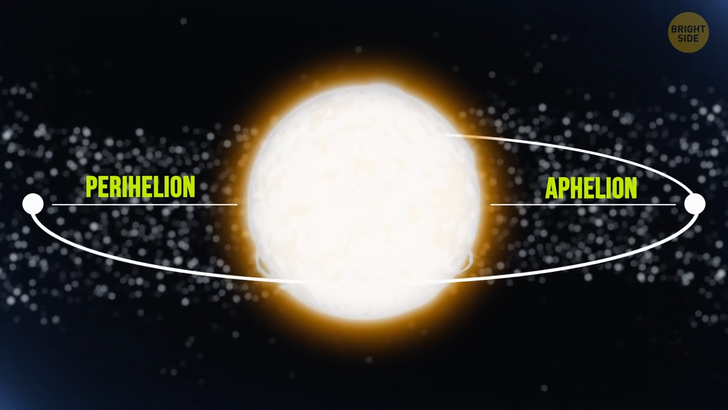
Let’s look at the structure of our star by cutting it in half. This is the core of the Sun. It’s about a quarter of its width. This core is 150 times as dense as water. Because of the intense pressure and high temperature, nuclear reactions occur there. Hydrogen gets converted into helium, giving off an incredible amount of heat and radiation.
The next layer is the radiation zone. This is where the heat is transferred from the core to the next layers. But the photons here don’t move in an outward direction. They can be directed anywhere and re-radiated many times. Scientists believe that the average time it takes a photon of light to travel from the core to the next layer of the Sun is about 10,000 to 170,000 years.
Then there’s the convection zone. This is what’s considered to be the surface of the Sun. But it’s not a solid surface; it’s an ocean of hot plasma. It looks like a bee honeycomb. That’s because the heated plasma rises from the lower layers, creating something like mini geysers. And while it’s still hot in the middle of those geysers, their edges cool down, creating an amazing pattern on the Sun’s surface.
The next layers are the Sun’s atmosphere. First, the photosphere. This is the layer that gives off light. And that’s exactly what you see when you look at the Sun. But careful! Don’t do that! You need special equipment to look at our star. The photosphere is up to 250 miles thick. This is about the height at which the International Space Station moves above Earth.
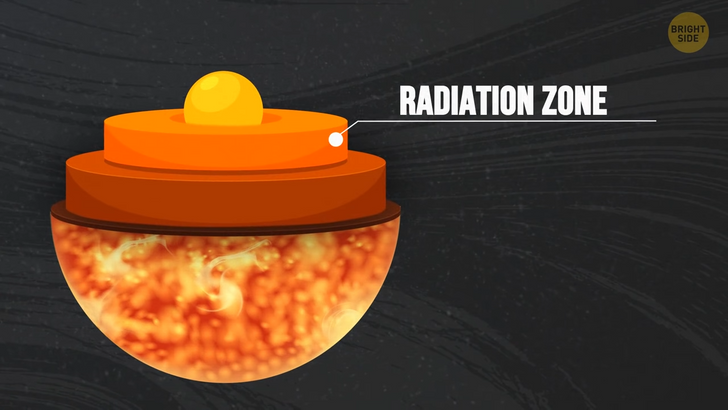
Then, the chromosphere or the sphere of color. This layer of the Sun’s atmosphere gives the star its reddish hue. Solar prominences appear here. Those are powerful emissions of matter leaving the surface of the Sun. Their speed can reach 430 miles per second. [(700 km per sec)] At some point, they get caught by the star’s magnetic field and pulled back.
And then, there’s the corona — a gaseous envelope of the Sun. The most powerful ejections take place there. You can see the corona during eclipses — when the Moon covers the solar disk. Then you can notice some kind of glow around the star. This is the corona. It extends for millions of miles around the Sun. And the Parker Solar Probe touched precisely that area.
That’s where solar material and radiation are still tied to the star’s gravity and don’t fly off into space. And all that is beyond that area is the solar wind. It’s the material and radiation that manage to escape the Sun’s gravity and set off into space. The Parker Solar Probe surprised astronomers by providing more information about this boundary.
It turns out it’s not a perfect circular wall like we used to think. The boundary is broken and uneven. It looks more like a mountain range. These bumpy regions have such a shape because of the uneven flow of plasma from the surface of the Sun. The larger and more powerful the flow, the farther the boundary is from the star’s surface. But scientists don’t know yet what exactly causes this difference.
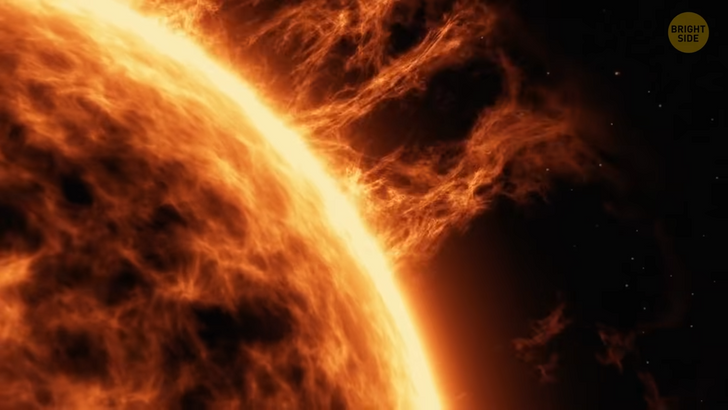
After making the flyby around the Sun, the Parker Solar Probe continued its journey and started to move away from the star again. Researchers are expecting another four approaches in 2022. In August 2023, the probe will make a fly-by around Venus. It’ll gain more speed and approach the Sun at a record close distance. The next Venus fly-by will happen in 2024. And hopefully, the Parker Solar Probe will be able to withstand the high temperatures and radiation so close to the Sun.
Luckily, scientists have taken care of that. The probe has a solar shield. It’s attached to the side of the probe that will face the star. It’s about the size of a house window and about 4.5 inches thick. It’s made of a special material that can withstand a temperature of about 2,500 degrees Fahrenheit. [2,500 ℉ (1,370 ℃)] That’s almost 6 times higher than the temperature of a regular kitchen oven. The body of the probe is made of a white material that reflects sunlight.
All the scientific equipment is placed right in the center of the shadow of this shield. If the Sun’s rays hit the unprotected body of the probe at close range, all the equipment will be out of action in just a few tenths of a second. The Parker Solar Probe is equipped with the Electromagnetic Fields Investigation instrument. This is a system for measuring electric and magnetic fields, radio waves, temperature, and plasma density.
The wide-field imager for the Parker Solar Probe, or WISPR, is an optical telescope — the one that took those stunning images of the moving plasma in the Sun’s corona. These streamers are what you see during solar eclipses. The Solar Wind Electrons Alphas and Protons investigation measures protons, electrons, and helium ions. It helps scientists study solar winds. It often harms our technology. Unexpected flares on the surface of the Sun cause severe solar winds.
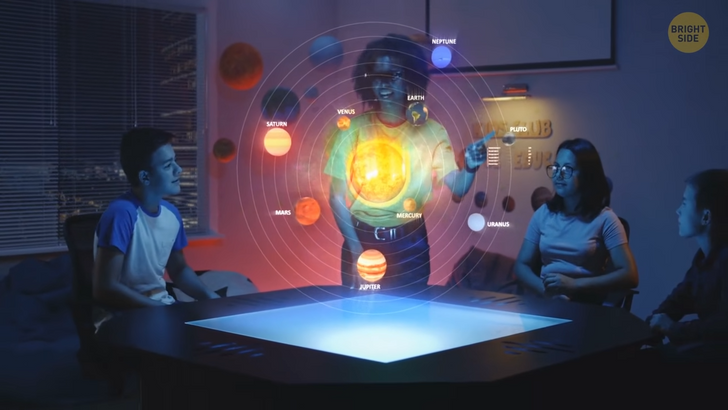
They can burn chips in satellites orbiting Earth. Given that we have the ISS where people work all the time, we need to know more about solar winds and how to protect ourselves from them. While the Parker Solar Probe continues its research, it has already set several world records. It’s the closest to the Sun human-made object. It’s also the speed record holder.
During its final approach to the Sun, the probe reached a speed of 101 miles per second. That means it could cover the distance from New York to Los Angeles in just 24 seconds. And a trip around Earth would take about 4 minutes. A journey to the Moon in such a spacecraft would only take 40 minutes.
In 2025, the Parker Solar Probe will make its closest approach to the Sun, reaching a speed of about 430,000 miles per hour. But even this speed is only 0.064% of the speed of light.











